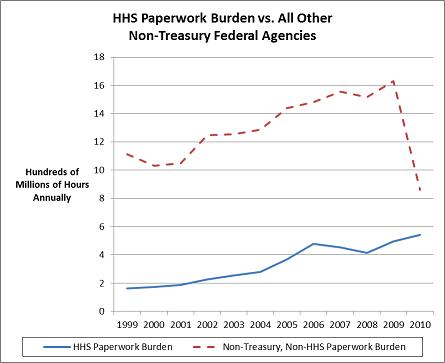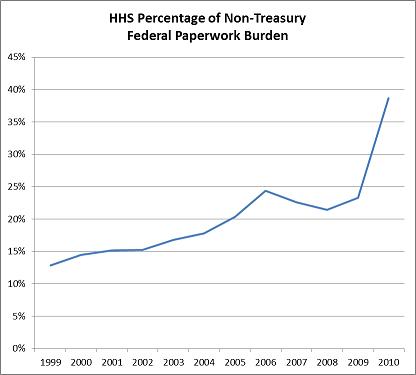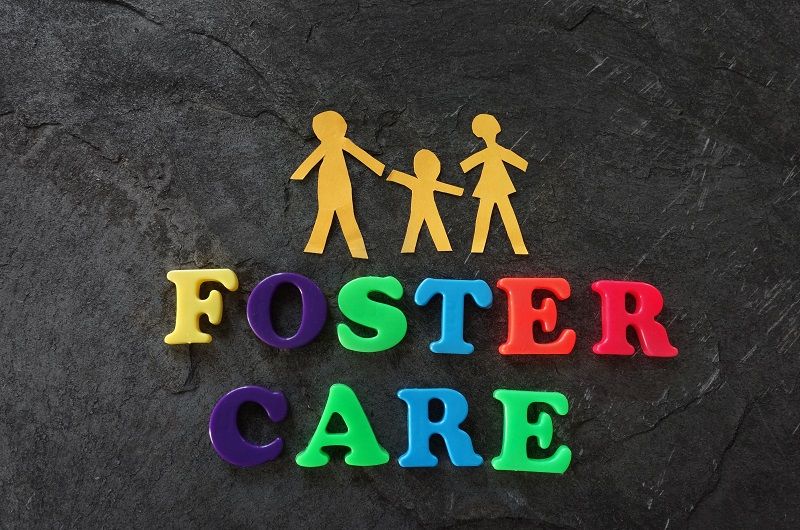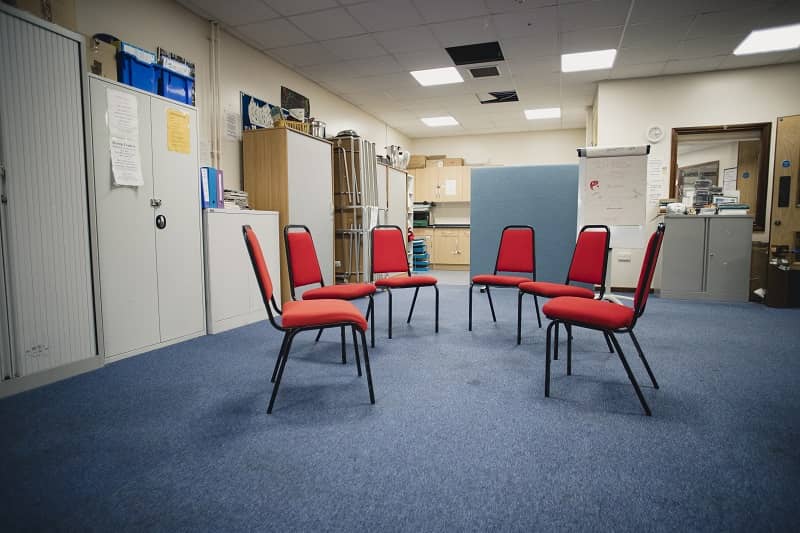By Douglas A. Perednia, M.D.
Here’s a riddle: What costs Americans over $12 billion per year, generates more work than the nation’s thirteenth largest employer, drives millions of doctors and patients crazy, and is growing so fast it makes kudzu look stunted? The answer: the over half-billion hours of health care paperwork mandated last year by the Department of Health and Human Services (HHS). Even before ObamaCare the burden of HHS paperwork had been doubling every six years. The sheer complexity of the health care reform law guarantees a massive increase between now and 2020.
Combined with the red tape generated by insurance companies, state governments, and a proliferation of other organizations, this administrative overhead is a major reason why the cost of health care continues to grow at a rate that dwarfs increases in the nation’s gross domestic product. Our marginal health care dollars are generating less health than ever.
These insights come to us courtesy of the Information Collection Budget of the United States, an annual report that documents the amount of time Americans must spend filling out forms at the behest of Washington bureaucrats. By far the biggest paperwork offender is the tax-levying U.S. Treasury, which accounts for 84% of the 8.8 billion hours consumed. But while Treasury paperwork has grown 25% since 1999, the amount mandated by HHS has risen by 331% – far outstripping the growth rate of any other federal agency. Unchecked, HHS will generate more paperwork than all other non-Treasury federal agencies combined by 2015.
Figure 1 shows the amount of private sector paperwork demanded by HHS, compared to the total amount required by all other non-Treasury departments. The recent drop in non-HHS paperwork is purely the result of agencies lowering their estimates of how long their paperwork takes to complete. Nevertheless, last year HHS bucked even this trend with an increase of nearly 50 million hours. Only 15 million of those were attributed to ObamaCare.
Figure 1.
Another way of looking at HHS paperwork is to express it as a proportion of all non-Treasury paperwork Americans must complete in the course of each year. This is shown in the Figure 2.
Figure 2.
The burden of paperwork required by HHS is growing so fast that it now accounts for almost 40% of all non-Treasury paperwork, dwarfing the individual contributions of agencies like the EPA, the SEC, Homeland Security, and the Department of Labor. And it seems willing to demand more information at any price. HHS is now the nation’s foremost offender with respect to the Federal Paperwork Reduction Act, with sixty-five violations in FY 2010. This is nearly 60% of the violations generated by the entire federal government.
Just how much is 542 million hours of paperwork? Imagine 271,000 people employed doing absolutely nothing other than filling out forms at the behest of HHS. If these people were all in a single private company, it would have more employees than Albertsons. At the current rate of increase, over 540,000 full-time employees would be needed by 2015. That would make HHS paperwork the second largest employer in the country, right behind Walmart. The cost to the private sector for supplying the government with all that information? Nearly $26 billion.
Most of the people doing this work are doctors, patients, and armies of administrative personnel hired by hospitals, clinics, nursing homes, and private offices to help handle the load. All of these documents are in addition to those they have to complete for literally thousands of private health insurers, disability insurers, state governments, licensing boards, and accreditation organizations. If you want to know why your insurance premiums are rising at 9% per year, this is a big part of the answer.
Why does HHS need all of this information? Quite simply, federal regulators are now struggling to control nearly every aspect of health care – from the price and distribution of hundreds of thousands of health care-related goods and services, to the benefits to be included in private health insurance policies, to exactly what procedures doctors must follow when dealing with patients who smoke. It is an impossible task. No central authority can possibly gather and process enough information fast enough to reconcile the needs of hundreds of millions of patients, providers, and medical suppliers. Free markets are efficient precisely because such information is passed along automatically, instantly, and for free in the form of prices, inventories, and demand.
HHS’s information budget should warn us that the only way to truly reduce health care costs in the long term is by dumping government controls and returning to something that looks far more like a free market in health care goods and services. The entire system needs to be drastically simplified, and fast.
To borrow a phrase from the President, we can’t wait.
Douglas A. Perednia, M.D. is a physician and senior research associate at the Cascade Policy Institute. He is author of the book Overhauling America’s Healthcare Machine: Stop the Bleeding and Save Trillions, published by Financial Times Press, and writes for the blog The Road to Hellth. Dr. Perednia is a guest writer for Cascade Policy Institute, Oregon’s free market public policy research organization.













